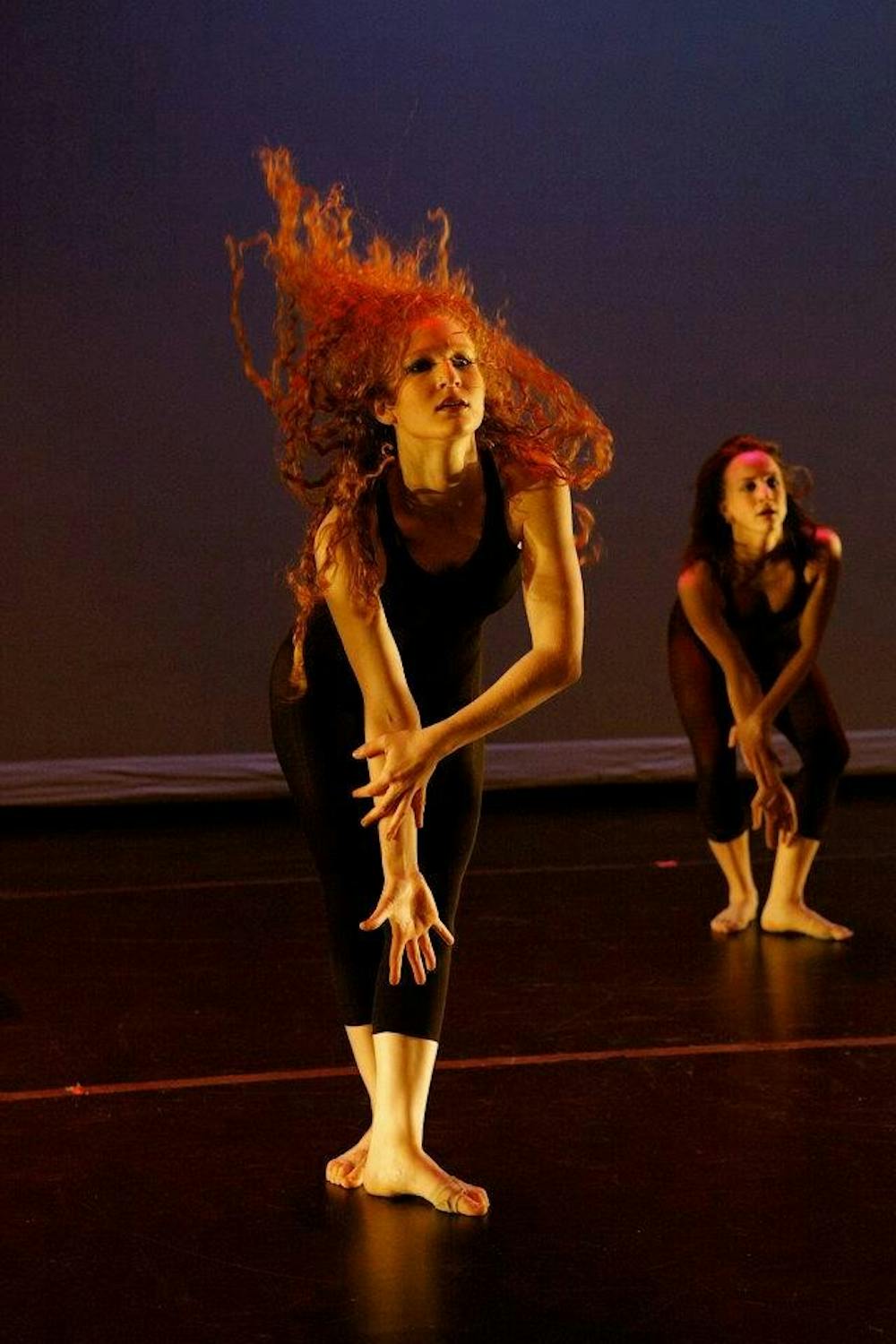Name and Year: Ariella Freund, W’14 Hometown: El Salvador Major: Operations Management & Marketing Website: www.sparksdancecompany.com
Street: How’d you start dancing? Did it develope from something casual into a serious passion? Ariella Freund: When I was little, I would dance every time there was music playing and “perform” for guests who came to my house for dinner (which is rather embarrassing to look back on now when they tell me about it). I used to put plastic cups on my feet and attempt to practice pointe. My mom started taking me to dance classes at a studio back home when I was three, and I haven’t stopped dancing since then. It was never something casual for me, but I could say it became more of a serious passion when I was in middle school. I realized how great dance was for helping me deal with tough times. It is an extremely cathartic art form for me.
Street: How has your international background influenced your dancing? AF: I think it has given my dancing more spunk. Salsa, merengue and a form of Latin hip-hop have given me rhythm that other types of dancing wouldn’t have. Jazz, modern, tap and ballet are not very popular in El Salvador, but I went to a studio that did offer classes in all of those styles. In that sense, growing up in Latin America didn’t hold me back from learning the styles I still practice now.
Street: What genres of dance have you done? Which, if any, is your favorite? AF: I have done ballet, pointe, jazz, modern, lyrical, tap and hip-hop. Jazz and hip-hop are two of my favorites because of the energy and personal style they require. It’s so fun to put your all into dancing them. Modern is also one of my favorites for how expressive it is. They are all very different styles and they give me a chance to express very different emotions with each one.
Street: What’s it like to choreograph a piece? Walk us through the steps. AF: Choreographing a piece is one of the most rewarding experiences. It’s amazing seeing how it comes together and then watching something you created being performed on stage. I usually choreograph around three pieces a semester. For me, it all starts with a feeling, and then I listen to songs that go with that feeling. After a while of listening to the song inside of a dance studio, the moves start flowing. It’s easier to choreograph with a purpose when you feel a certain way and want to express it through dance.
Street: How are you able to express yourself creatively when coming up with the choreography? AF: I get my inspiration from different places, depending on what is going on in my life. I recently choreographed a piece about a very special person and the dance helps me express my feelings and love for him. Other times, I come up with totally different, high-energy choreography. Each dance of mine starts with an emotion, and then I use dance as a way of expressing it.
Street: So dancing is very personal and individualistic, but when you’re on the stage, you’re often with other dancers. What’s it like working with other dancers and being a leader? AF: Dancing with other people is very powerful. Moving cohesively and “feeling” the other dancers around you is very important. It’s amazing to have a group of girls around you who value and love dancing as much as you do. You’re all on stage to perform something together and transmit a certain feeling or message, and this is very powerful. Being the president of Sparks, my dance group, is an extremely rewarding experience. I love keeping Sparks a united and focused group.
Street: When you’re not dancing in the studio, where else will we find you on campus? AF: At the gym, in Huntsman or hanging out with my Latin friends.
Street: Do you see dancing integrated to your career in your future? What does the future look like for you? AF: I never want to stop dancing. I want to keep taking classes and try to be involved in a dance studio wherever I end up. Teaching after work would be incredible and perhaps help with performances, which would be very fulfilling as well.







